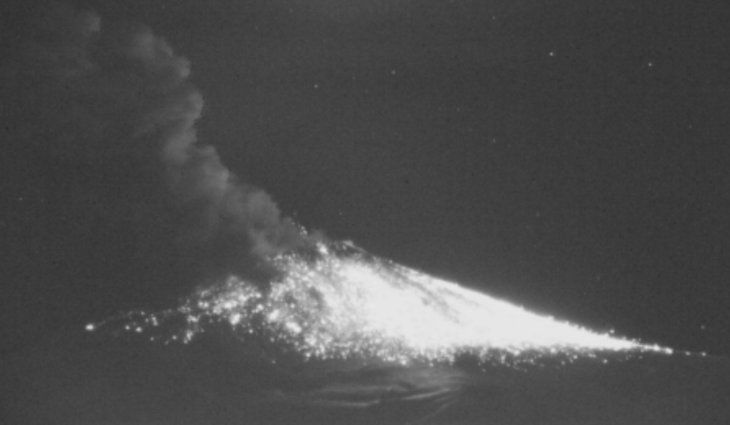He Etna volcanolocated in the Italian island of Sicily, erupted yesterday and continues to intensify its activity. Since then, a strong expulsion of lava and an expulsion of a 6,000-meter-high smoke column.
He Etna is the highest active volcano in Europe – with a height of 3,324 metres. Nearby towns, including Acicastello and Viagrandeexperienced a slight fall of ash and Catania airport – one of the most important in Sicily – was forced to close close initiallyalthough it later reopened its operations in a restricted manner.
The shocking eruption of the Etna volcano
He National Institute of Geophysics and Volcanology (INGV) indicated in a statement that it is evaluating the Etna activity in the face of possible consequences. In addition, the agency confirmed that, according to surveillance cameras installed near the volcano, The Voragine crater began ejecting lava before 10:00 p.m. local time on Monday.
Etna Volcano Eruption 2.JPG
The volcano erupted at around 10 p.m. local time.
Reuters
After the expulsion of lava, volcanic activity culminated with a impressive column of ash that rose from the crater and reached 6,000 meters in height. It currently affects the towns of Acicastello and Viagrande, as well as the Catania airport, which had to close temporarily due to the eruption, although is now resuming its activities with restrictions.
Etna Volcano.jfif

The most affected localities are Acicastello and Viagrande, which have seen their air quality deteriorate in recent days.
Reuters.
As reported by the INGV, the amplitude of the volcanic tremor peaked around 1:00local time, and then began to decrease. The spectacular nature of what happened allowed residents and tourists witness the natural phenomenon.
Etna eruption.mp4
Residents were able to capture the moment of the lava eruption.
@AlertaNews24 / X
This is not the first time that Etna has erupted: a fairly common event that earned it the title of the most active volcano on the European continent. During the decade of 2000 and 2010Etna erupted on different occasions, among which the following stand out: in late 2002 and early 2003.
Another volcanic eruption in Chile
Just like its counterpart in Italy, Last Wednesday, July 10, the Villarrica volcanolocated in the provinces of Cautín and Valdivia (in Chilean Patagonia), recorded a explosion of ash and solid materials. They surpassed them the 600 meters highand the 500 meters radial to the crater.
Because of this, the National Geology and Mining Service of Chile (Sernageomin) issued a yellow alert and announced the implementation of an online surveillance for possible changes in volcanic activity throughout the country
Villarrica Volcano.png

Last week, Chile also detected volcanic activity on Mount Villarica.
Sernageomin
In it report published, the geology institute detailed the activity recorded at the volcano: “explosion with emission of particulate matter and incandescent ballistics towards the slopes of the volcanic building. The extension of the deposits reached approximately a distance of 500 meters radial to the crater, and a column of gases and ashes that exceeded 600 meters,” reported the Sernageomin.
At the same time as the explosion, another report recorded a long-period (LP) type earthquake with low seismic efficiency. However, after this No significant changes were recorded in the seismic signal again.
Like Etna in Italy, the Villarica volcano also has continuous activity. In recent years, 100 yearseruptions were recorded in the decades of 1900, 1920, 1940, 1960, 1980 and 2020.
Source: Ambito




